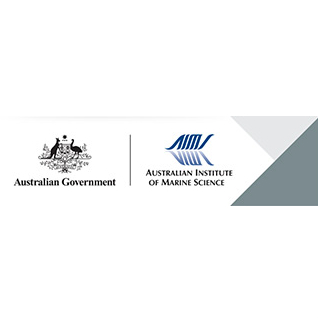Brief description
Sponge species identification sheets that follow John Hooper's mud map system (Hooper & Ekins 2004) have been used to create a catalogue, but instead of having one sheet per species, one sheet per specimen lot is provided, allowing for comparison between replicate specimens. The sheets were combined in an interactive PDF portfolio that can be key-word searched (any word occurring in the documents), and which is linked to a database containing all raw images available for the collection (specimens, sections, spicules) The Carnarvon Shelf sponge collection was obtained as part of the Surrogates Program of the Commonwealth Environmental Research Facility (CERF) Marine Biodiversity Hub, which aimed to identify physical factors as surrogates for biodiversity patterns, i.e. mapping of the sea floor with multibeam technology, underwater photography and various sampling programs, collecting data along the same transects as sponge specimens were obtained, for later correlation.In Aug/Sept 2008, a 34 day collaborative survey between the Australian Institute of Marine Science (AIMS), Geoscience Australia (GA), and the Western Australian Museum (WAM) was conducted on the AIMS vessel RV Solander to the Carnarvon Shelf in the NW of Australia. Habitats and benthos were sampled in a stratified design, and over 800 km2 of seabed bathymetry was mapped at high resolution, with approximately 220 epibenthic sled samples collected and pre-sorted on board. A taxonomic workshop was held at AIMS in Perth during February, 2010. The following sponge experts kindly participated and identified specimens for respective taxa over a period of five days of intensive work: Belinda Alvarez (Halichondrida; Museum and Art Gallery of the Northern Territory), Chris Battershill (Astrophorida; AIMS), Jane Fromont (Haplosclerida; WAM), Lisa Goudie (Poecilosclerida; sponge consultant, Melbourne), Oliver Gomez (all small groups present and Haplosclerida; WAM), Andrzej Pisera (Lithistida and Astrophorida; Polish Academy of Science), Shirley Sorokin (Hadromerida; South Australian Research and Development Institute, Aquatic Sciences), Patricia Sutcliffe (Dictyoceratida; Queensland Museum).Lineage
Maintenance and Update Frequency: asNeededNotes
CreditSchönberg, Christine HL, Dr (Principal Investigator)
Case, Mark, Mr (Point Of Contact)
Modified: 17 10 2024
text: westlimit=112.99; southlimit=-23.76; eastlimit=114.16; northlimit=-21.47
- global : 9eea48d8-85b5-44a0-b112-377aec2effaf


